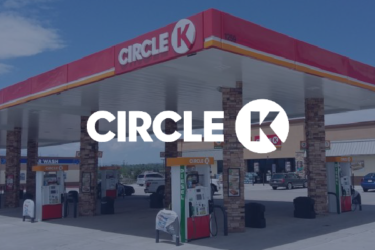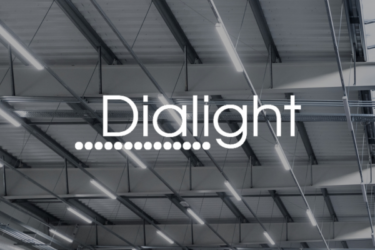Circle K achieves an accurate, unified forecast to better predict stock levels



Industries
CPG
Solution
Supply ChainWhen you pull into a station to fill your tank and start watching the display tick away the money you’re spending, you expect fuel to flow. Do you think about how the right amount of fuel got to the station to keep the supply from running out? Probably not. To keep the fuel flowing and customers coming back, someone has to plan. That’s what led one of the world’s largest convenience store brands, Circle K, to seek a better way to plan and forecast demand for their European stations.
With a network of more than 12,000 stations across the world, Circle K was managing demand and supply forecasting with a conglomeration of Excel and ERP solutions, which often led to stress and disagreements across teams. While each system worked well on its own, the systems didn’t play well together, creating misalignment and inaccuracy. Magnus Tagtstrom, Senior Director of Supply Chain Optimization, recalls: “One of my objectives has been to try to connect the dots in the supply chain. I think we had good solutions, but people were doing forecasting in silos, so I wanted to connect that planning process end to end.” Supply chain optimization was limited to a short-term focus, and the process of information gathering wasn’t structured. That short-term focus also meant long-term planning wasn’t fully aligned to balance demand and supply. This misalignment led to different versions of expected demand, causing an inefficient use of resources. A lack of communication also led to harried responses when key data didn’t get passed to the right people.
Circle K sought solutions to build an accurate, transparent forecast for its European supply chain. Led by Tagtstrom, the criteria for a solution included speed to market, an iterative approach to development, user acceptance, and scalability. Tagtstrom said, “The requirements from my side were that we needed something flexible, and we needed something quick.”
Together with Anaplan partner Vuealta, Tagtstrom and his team built a connected approach to demand and supply planning on the Anaplan platform. This has enabled his team to
accurately predict supply and demand down to the individual station level across Europe. Dynamic statistical supply and demand forecasting updates on a daily basis, per product and per station.
The Anaplan platform now tells shipment planners exactly how much fuel to send where and when. Circle K also uses scenario-based planning, which reduces surprises and helps Tagtstrom’s team easily adapt to disruptions. For example, Tagstrom’s team is able to adjust to the effects of a store rebrand—from close of store to relaunch, they are able to predict changes in customer demand. Using the Anaplan platform, Circle K’s planning teams can calculate the effects on sales from the rebrand and adjust supply levels for any time the station has to be closed during the process.
Circle K is finding an array of both hard and soft benefits from using the Anaplan platform for supply and demand planning. The key benefit is an accurate and dynamic 18-month rolling forecast of current and future stock levels for its European locations. Tagtstrom says, “One of the clear benefits that I see is the forecast accuracy—this has helped us have the right stock level throughout all our sites. That’s money that we have as a buffer in the supply chain now.” With an accurate view of capacity needs, Circle K can save money by reducing inventory and using resources more efficiently. Tagtstrom explains: “We have full visibility of our current inventory levels, as well as forward-looking inventory levels. With Anaplan, we know how much we will sell and when we can distribute it to sites. This has resulted in driving down both distribution costs and working capital.”
Another benefit is increased sales because with an accurate forecast, Circle K has less stockouts. As Tagtstrom explains, “If there is ever a time when our store has no fuel, the customer might not shop with us the next time, so it’s very important to us to anticipate demand.”
Circle K also realizes intangible benefits—the Anaplan platform provides confidence that everyone is working from the same plan and set of data. A single plan has led to less stress and more collaboration. If surprises come along, Tagtstrom’s team has the confidence to react quickly to make better-informed business decisions.
On the road map, Circle K is planning a full rollout to all European business units, as well as using the Anaplan platform for supply chain planning in the United States. Other areas of targeted growth with Anaplan include the incorporation of weather data into the supply chain forecast, using machine learning to improve the forecast, and building external partner and supplier views into the model.



